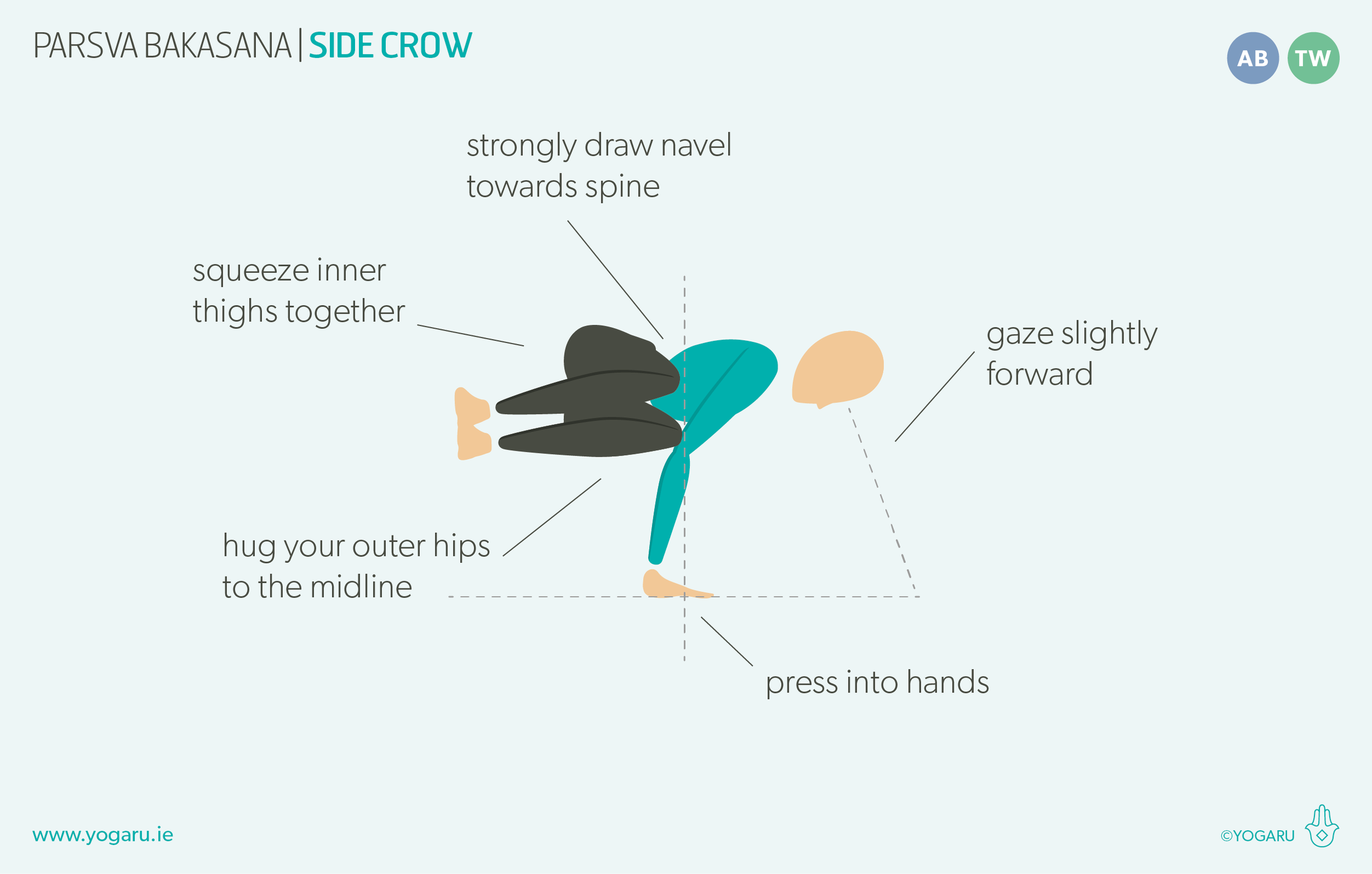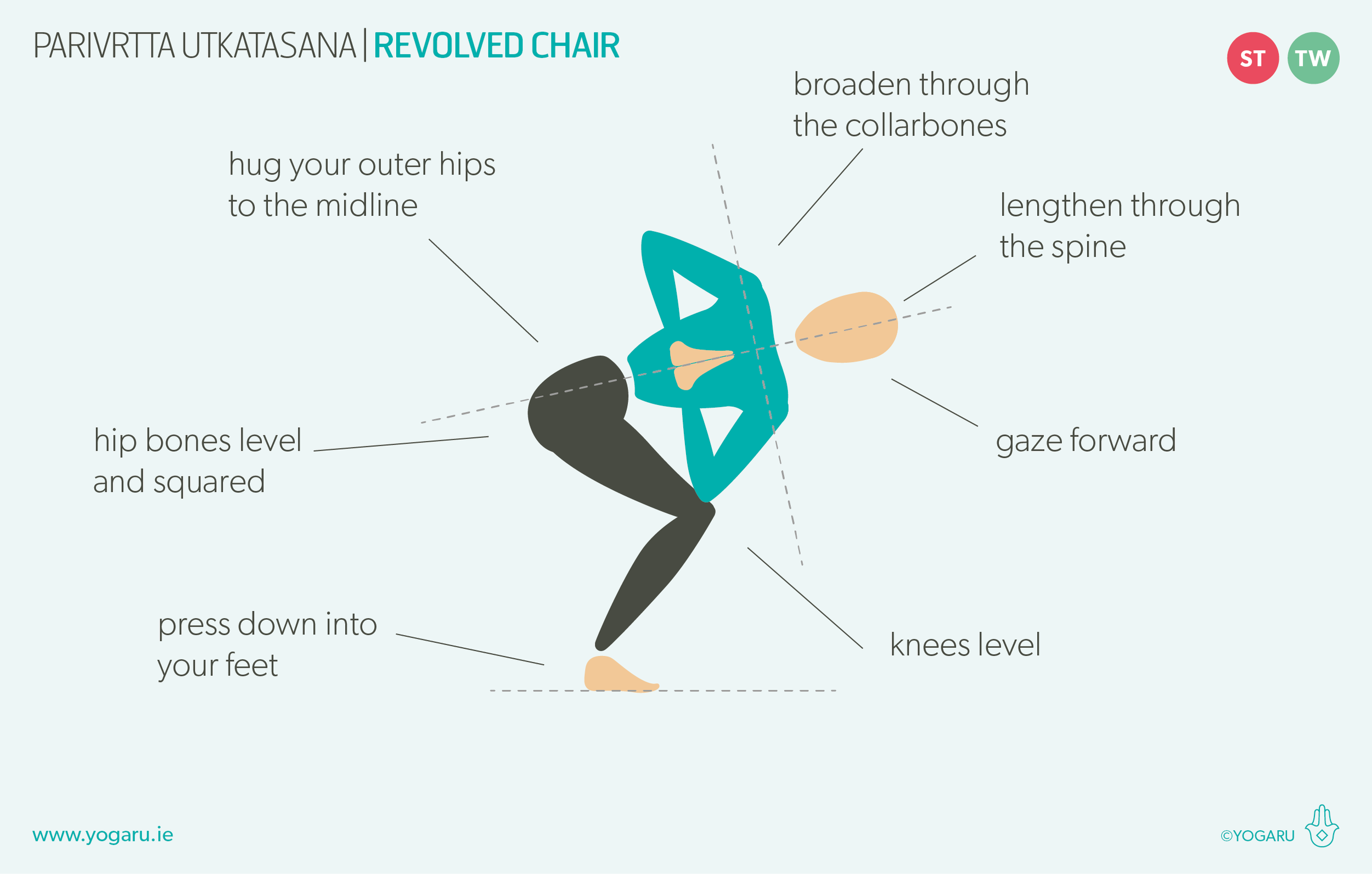FULL BODY STRENGTH
Phalakasana/Plank is a full body high return strengthening pose which doesn’t require you to hold it for very long before you start to feel the benefits and the challenge. It is often used as a benchmark pose to check core, shoulder and arm strength in a student to see if they are ready to try more challenging arm balancing poses. It quickly generates heat. It offers a mental and physical challenge and a challenge of both stamina and patience similar to our principal in yoga of effort and ease.
THE BENEFITS OF PHALAKASANA/PLANK
Phalakasana/Plank is one of the basic arm balancing poses used as a progression towards stronger arm balancing poses. It strengthens the shoulders, spine, arms, core, glutes, quads and hamstrings. As gravity presses down on your whole back body in Phalakasana/Plank your shoulders and core in particualr feel the challenge in holding the pose for any length of time. Making it a very good pose for building strength in the abdominal, the rotator cuff (SITS) and scapula stabilising muscles of the shoulders. It is an isometric pose which means the muscles are active and strengthening in a static pressing position. It also builds a strong spine, increases bone density, builds focus, heat, stamina, energy and circulation
EXPLORING PHALAKASANA/PLANK IN YOUR PRACTICE
Similar to Vasisthasana/Side Plank, when you are in Phalakasana/Plank scan from the base of your feet to the tip of your crown and remember your Tadasana/Mountain alignment cues. In Tadasana/Mountain we are pressing through the feet, hugging the hips to the midline, lengthening through all sides of the body and broadening through the collarbones. In Phalakasana/Plank we are following these exact blueprints and adding an extra level of lifting the hips against gravity with the strength of the core.
If your shoulders are not ready for Phalakasana/Plank stay with the version with the knees down and gradually build your shoulder strength. The shoulders appreciate consideration and require good stability awareness before you add a weighted challenge. If you are in the full version make sure your hips are maintaining the diagonal line from heel to tip of crown. If they are too high it will reduce your opportunity to strengthen the full body and if they are too low it will push pressure onto your lower back. Core strength is very important in this pose. If your wrists are sensitive try folding your mat over and placing your hands on the crease to lift the root of the palm up to reduce the extension in the wrists.
ALIGNMENT CUES
In this sequence you will use Cat/Cow to start the warm up process for Phalakasana/Plank. Remember to stay with the knees down version of Phalakasana/Plank if knees up is causing you any discomfort in the shoulders. You can repeat this sequence over the corse of a few months to build up towards Phalakasana/Plank.
Have a read of the tips below and either print out the sequence or save it onto your device:
From Adho Mukha Svanasana, inhale, reach forward and stack your shoulders over your wrists, press into all five knuckles of your hands, roll your biceps forward, shoulder blades spread outwards.
Press out through your heels to firm your legs, hips level to the ground, hug your outer hips to the midline. Exhale, draw your navel towards your spine, broaden through the collarbones.
Lengthen from your heels all the way to the tip of your crown in a diagonal line, keep your head in line with your spine, back of the neck long, gaze to the ground.
To save the images for personal use click and hold down the image until the ‘save image’ option appears; on Mac hold down ‘control’ and click the image to get the option box; on PC right click on the image to get the option box. Scroll down in the ‘option box’ and click ‘save image’.
Ruth Delahunty Yogaru







